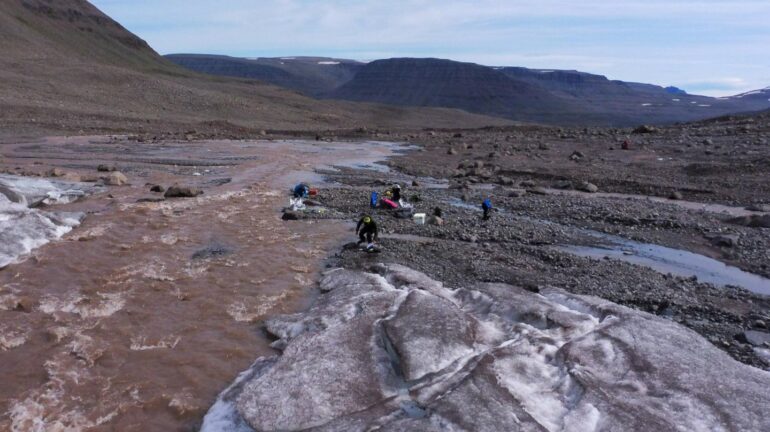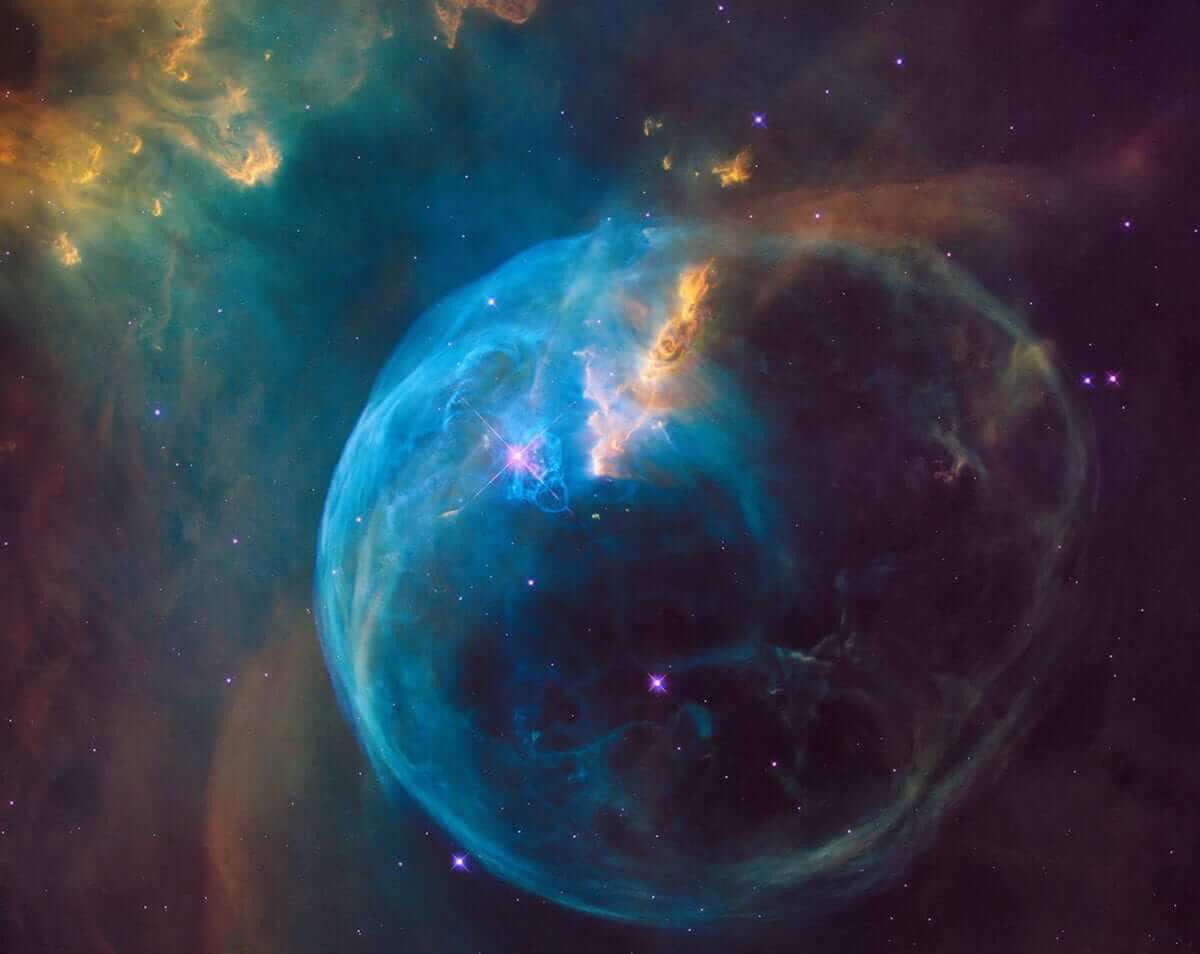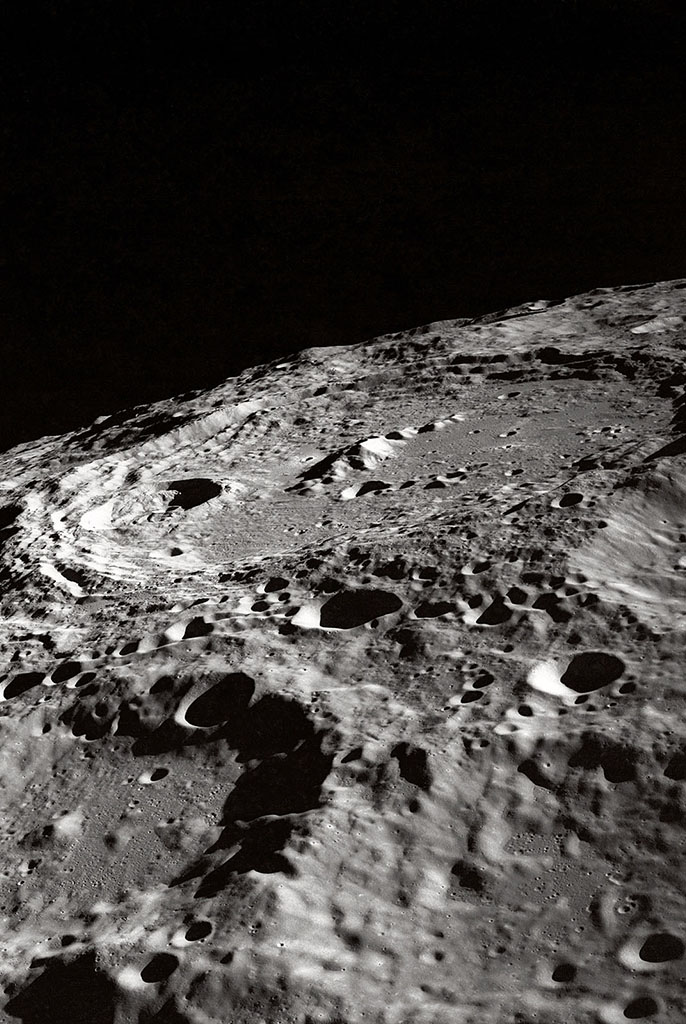Climate change is causing the world’s glaciers to disappear at an alarming rate. Scientists have been studying and modeling this process for years, but until now, no research group has specifically examined how glacier melt will affect glacier-fed streams and their ecosystems.
A study carried out under the Vanishing Glaciers project, led by EPFL, has been recently published in Nature Communications. It establishes the very first forecasts of what these streams and their microbiomes could look like by century-end under various climate-change scenarios.
Essential sources for the world’s main rivers
“Glacier-fed streams are the sources of some of the world’s largest river systems, supplying vital water to billions of people,” says Hannes Peter, a scientist at EPFL’s River Ecosystems Laboratory (RIVER) and a co-author of the study
“If we take Switzerland as an example, nearly all its main rivers—including the Rhone, Inn and Adige—derive from glacier-fed streams. So the changes that take place at high altitudes have a direct impact on everything that occurs downstream. That’s why it’s so important to understand how melting glaciers will affect these streams and their unique microbial ecosystems.”
Analyzing thousands of bacteria
“In our study, we reconstructed and analyzed genetic data from 2,333 different kinds of bacteria extracted from samples of 164 glacier-fed streams located in all the world’s major mountain ranges,” says Massimo Bourquin, the study’s lead author. Bourquin is a former Ph.D. student at RIVER and now works as a technical expert at EPFL’s Microbiome Adaptation to the Changing Environment Laboratory.
“Then we combined this information with data on the climate, glaciers and the environment to develop predictive models showing how various bacteria groups would likely respond to fluctuations in specific variables,” says Bourquin.
“Our method didn’t involve just analyzing bacteria in isolation. We also investigated key microbiome characteristics such as diversity and the distribution between dominant and rare species. All this gave us a fuller picture of how climate change could affect these ecosystems and their microbiome under different scenarios.”
Greener glacier-fed streams
The study predicts that glacier-fed streams will literally become greener.
“The conditions in these streams are currently so extreme that many microorganisms typically found in Alpine streams, and especially algae, can’t live in them,” says Bourquin.
This extreme environment consists of very low temperatures, large swings in water flow rates, a high concentration of fine sediment that clouds the water and reduces light penetration, scarce nutrients and low oxygenation.
“This combination of factors has created a distinctive microbiome adapted to these particular conditions,” adds Bourquin. “But as these streams lose their glacier-specific characteristics, the microbiome will evolve to look more like those in other Alpine streams. As a result, algae will multiply, leading to more photosynthesis, a higher concentration of organic matter available for microorganisms, and eventually a proliferation of both algae and bacteria.”
An invisible microbial resource now under threat
These changes mean that bacteria groups adapted specifically to the conditions in glacier-fed streams are set to disappear, with significant ramifications for the ecosystems in these streams as well as further down the chain.
“It’s likely that some of the bacteria specialized in surviving in glacial conditions won’t be able to survive in greener habitats, enabling species that are better suited to the new conditions to take over,” explains Bourquin.
Discover the latest in science, tech, and space with over 100,000 subscribers who rely on Phys.org for daily insights.
Sign up for our free newsletter and get updates on breakthroughs,
innovations, and research that matter—daily or weekly.
“When you see glaciers melt, it’s not just the water that disappears,” says Tom Battin, a full professor of environmental science, head of RIVER and co-author of the study. “We’re also losing a unique microbiome. These microorganisms, although invisible to the naked eye, play a crucial role in their ecosystems: they purify the water, recycle nutrients and regulate important cycles like those involving nitrogen and carbon. Ultimately, they support the food chain and are crucial to many environmental equilibria.”
Although the glacier-fed streams examined in the study are located in many different world regions, their characteristics varied little.
“What was particularly striking in our study was that the microbiomes from all the streams we analyzed were very similar to each other,” says Bourquin. “That’s due to the extreme conditions specific to glaciers, and it shows how important these properties are for microbial ecosystems. If we don’t want to lose these irreplaceable habitats as glaciers melt, we need to protect them.”
More information:
Massimo Bourquin et al, Predicting climate-change impacts on the global glacier-fed stream microbiome, Nature Communications (2025). DOI: 10.1038/s41467-025-56426-4
Provided by
Ecole Polytechnique Federale de Lausanne
Citation:
Glacier melt puts unique microbial ecosystems under threat (2025, March 21)



